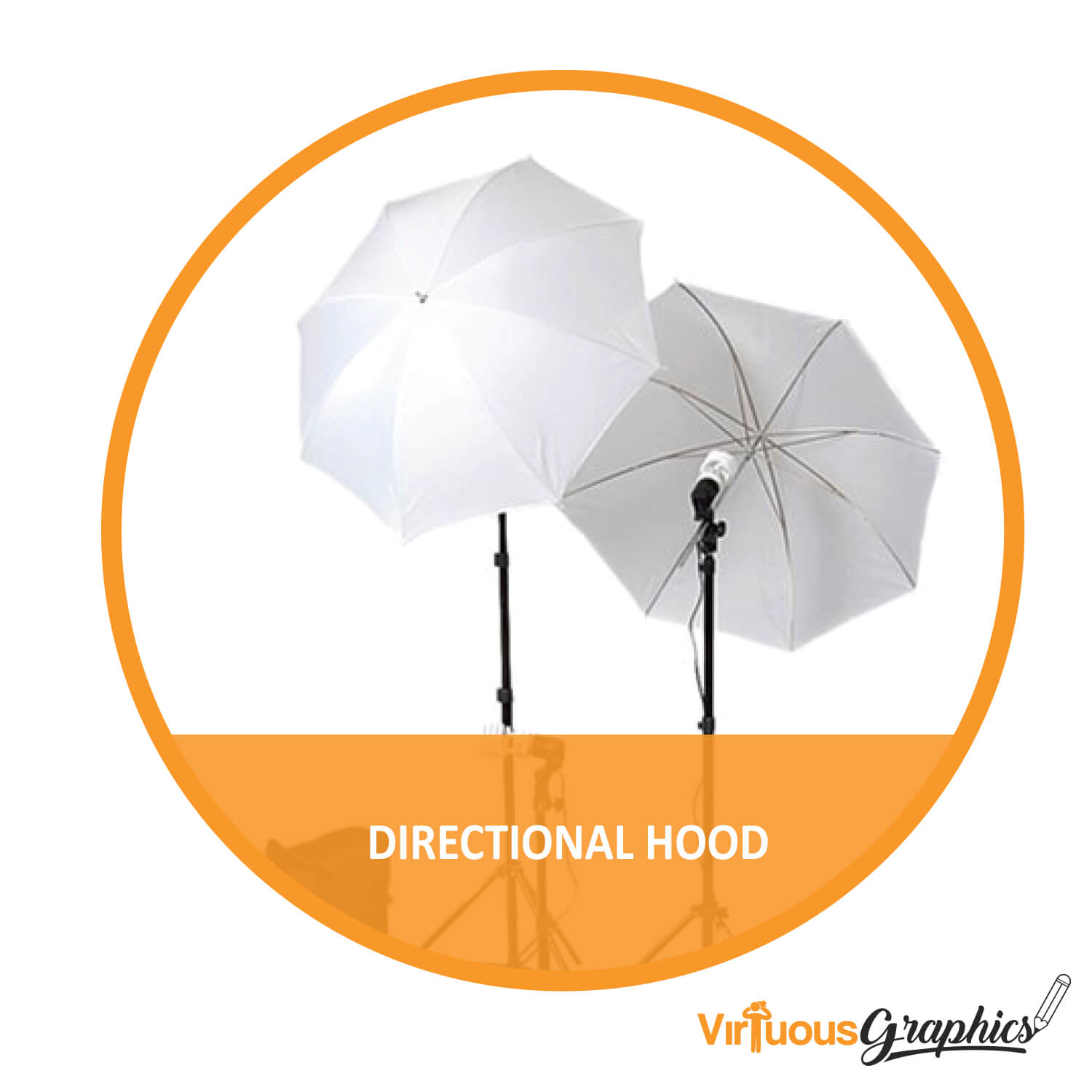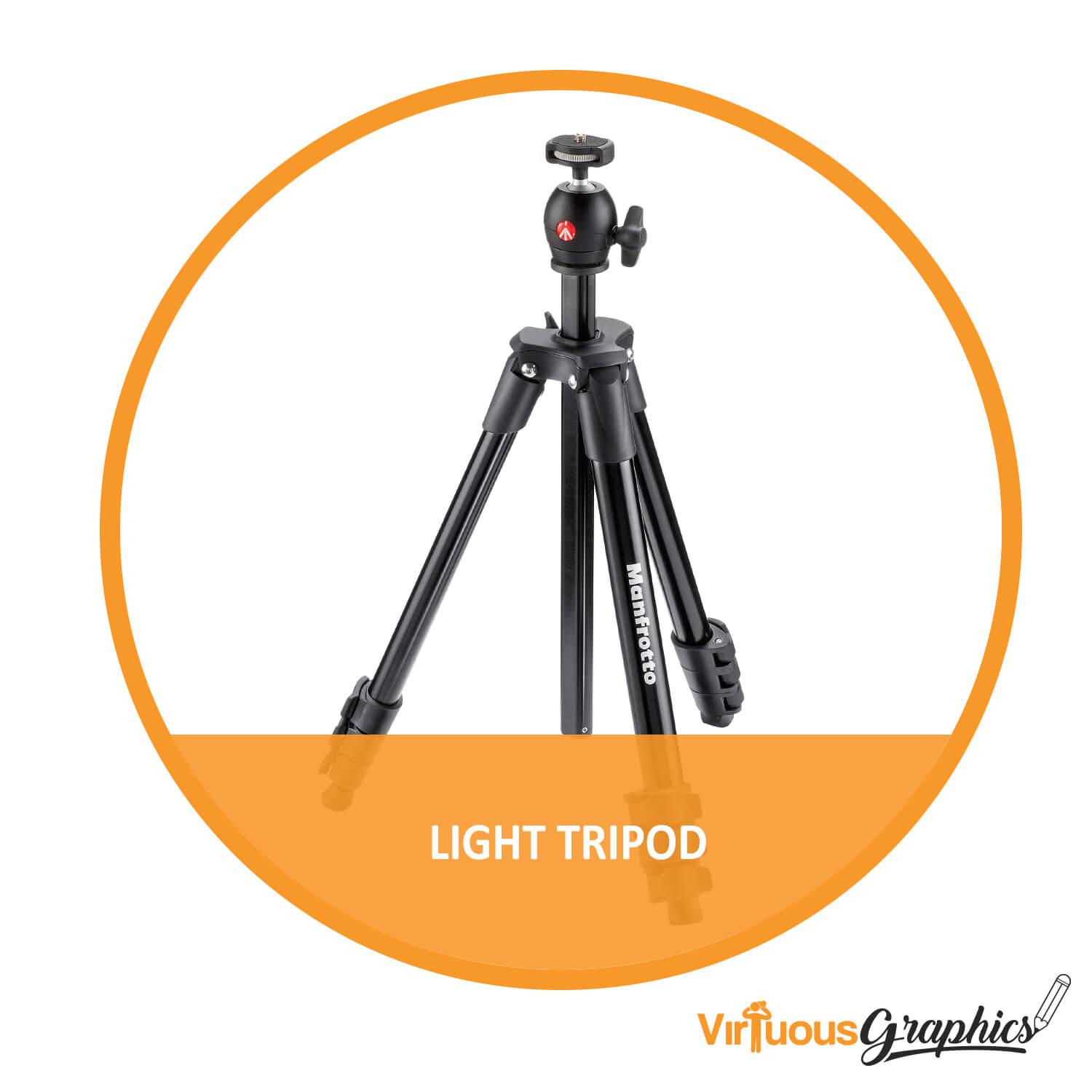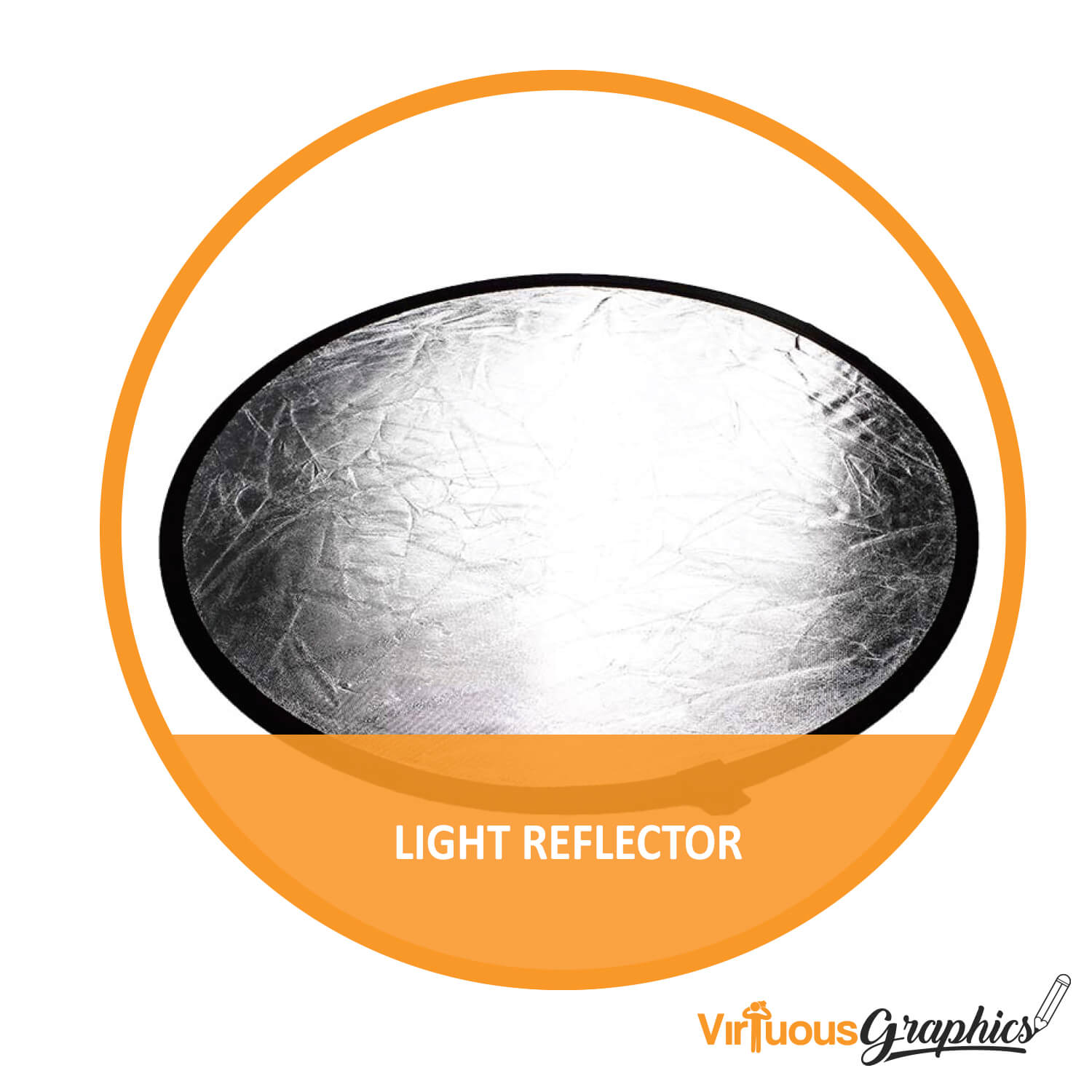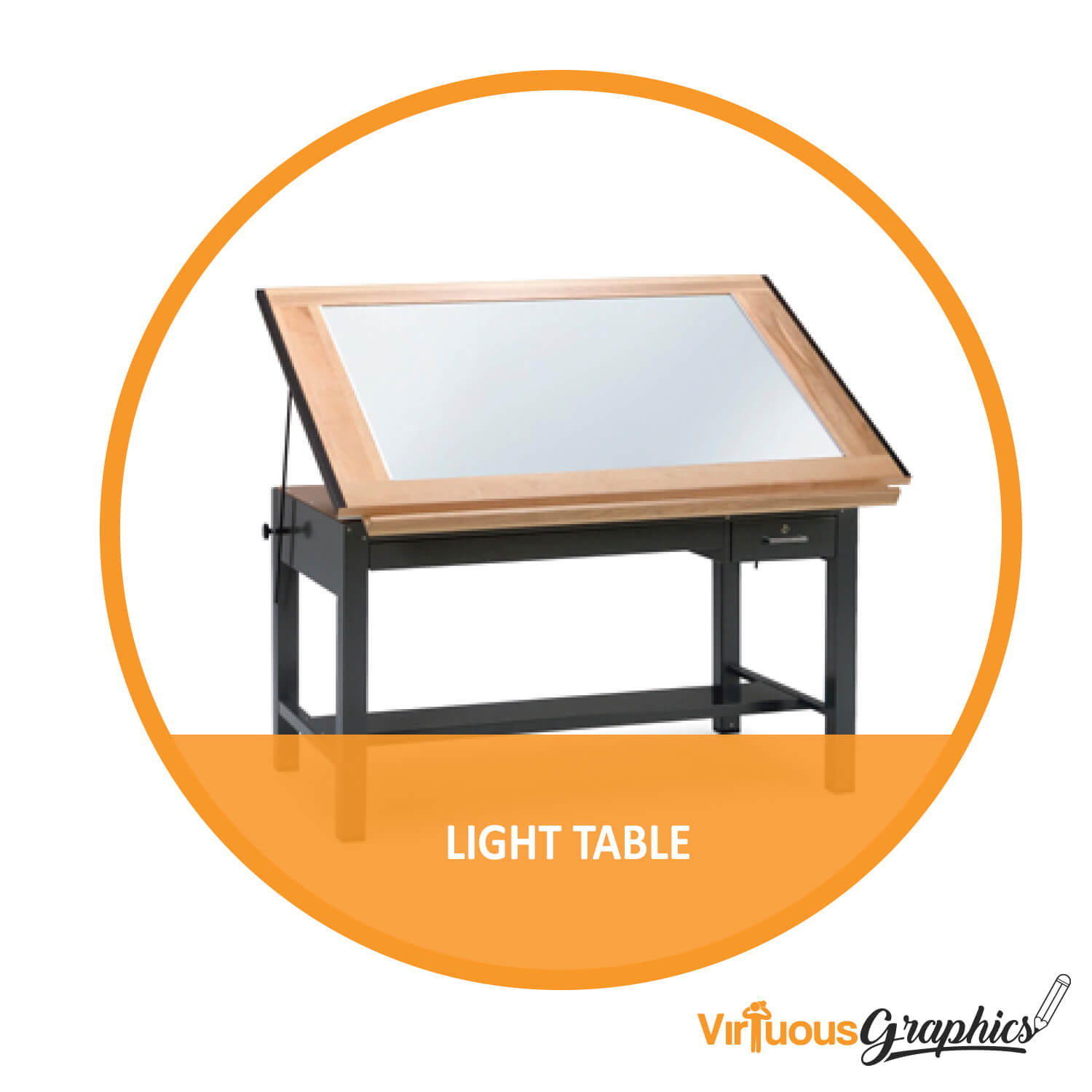Starting Your Own Amazon Product Photography
Hey there! It’s Virtuous Graphics, and I would like to introduce you to the concept of product photography for Amazon products. In this article, I’ll talk about camera, lighting, and equipment setups, including digital SLRs and point and shoot cameras. I’m excited to discuss these things to you. So let’s gets started!
Digital Cameras
These cameras are the staple in today’s photography. If you already own one, you’re probably wondering if you need to upgrade or replace it. Or probably, you’re not sure about its features yet. Let’s talk about them, starting with the 2 basic types.
The first type of digital camera is the point and shoot. It has one lens; thus, it’s less expensive compared to the other type. Nonetheless, point and shoot cameras are good for product photography. It creates amazing pictures with impressive focus to details.
On the other hand, digital SLRs are the second type of digital cameras. If you need to get a close-up shot of your product, this should be your weapon of choice. It features zoom lens for convenient framing as well as macro feature for detailed captures. You can also customize it with a variety of lenses to allow you to take better quality shots up-close or from a distance. For steady framing, a tripod can be attached from its base.
Pointers for Taking Good-Quality Photos
It doesn’t matter what equipment you have. Whether a point and click or an SLR, turn off the flash as much as possible. The flash usually results in harsh-looking pictures; not to mention, controlling elements like reflection and shadow can become more challenging.
Aim for the right color combination. Adjusting your camera’s colors accordingly is crucial to achieving the perfect photo of your products you seek to sell online.
Learn how to control your camera’s ISO settings and get the feel for the elements like light sensitivity and exposure.
Other stuff you might want to incorporate as you do your product photography:
If you’re into video or audio recording, think about the background noise, which could interfere with the sound quality.
Don’t forget your media cards and get a card reader for them.
You could use a tripod for stealth photography.
If you need to shoot multiple items at the same angle, you could use a rotating tray called Lazy Susan.
Depth of Field
Focus is a crucial aspect in product photography. If your camera has an auto focus feature, you need not worry about this; most modern cameras have this though. But if you want to enhance it, you might want to think about this focus-related element, which is known as Depth of Field.
Both pictures above show the same object. But notice the one of the left; it shows a larger focus of the surrounding area of the subject compared to the photo on the right.
So what does having a larger depth of field contribute to better-quality photos?
Having a larger depth of field allows potential buyers to have a more accurate, clearer view of the item on display. On the other hand, if you set it at shallow depth of field, the photo gives off an emotional, sort of romantic feel.
To control depth of field, locate your camera’s exposure controls. If you want a shallow depth of field, adjust the settings to Aperture Mode, setting it to low numbers like 1.8 or 3.5.
Shallow depth of focus is also known as selective focus. The subject that’s inside the square on the screen will be the only thing that’s going to be focused sharply and in detail.
If you want to achieve a larger depth of field, set the Aperture Mode on your camera at 11 to 16.
Remember
Low aperture settings = shallow depth of field
High aperture settings = larger or broad depth of field
“When selling your merchandise, it is important that you build human connection with your potential buyers. You need to be relatable and appeal to your target audience and capture their imagination. For this reason, you might want to bring a cohesive style throughout your shots.”
Lighting and Tent Equipment
Lighting is the most crucial element in your product photography. Incidentally it may also be one of the intimidating concepts.
To achieve the perfect lighting, you need to set up a light on the right and left sides; having lights on the top or back area is optional. When choosing your lighting, you could use small, easy-to-setup, and flexible-for-any-use equipment.
You’ll also need to consider getting a light tent designed with translucent sides for a virtually shadow-less setting. This tent should also be established against a solid background as this helps diffuse any light coming from other sources.
equipment to consider include the following:
Beyond 360
Add dimension to your product photography. You can do this by covering all angles as much as possible. In the same way, talk about how your product can be used in all possible purposes.
Adjusting the Imagery
Do you have computer programs like Picasa or Photoshop? This software tools can make it easier for you to adjust the images. Take the time to make the necessary edits on your photos.
“Set up your camera in a way that allows you to shoot from the top down. The light should be from various directions. Having a light table for this purpose can be advantageous. For you background, set up a white (or black) paper.”
Final Word
The idea of product photography is to present a concept to your target audience. This concept comes in the form of your merchandise. Thus, just keep it simple and relay your message in the simplest way possible.
Discover the angles, explore the close-ups, and work with the background. Take advantage of the natural lighting; use diffused lighting when needed though. As much as possible, turn off the flash.
Shoot multiple images, and use a live model or mannequin then pin the product to demonstrate fit and shape.
Lastly, make your Amazon product photography relatable and appealing to your audience. Keep it human.



















